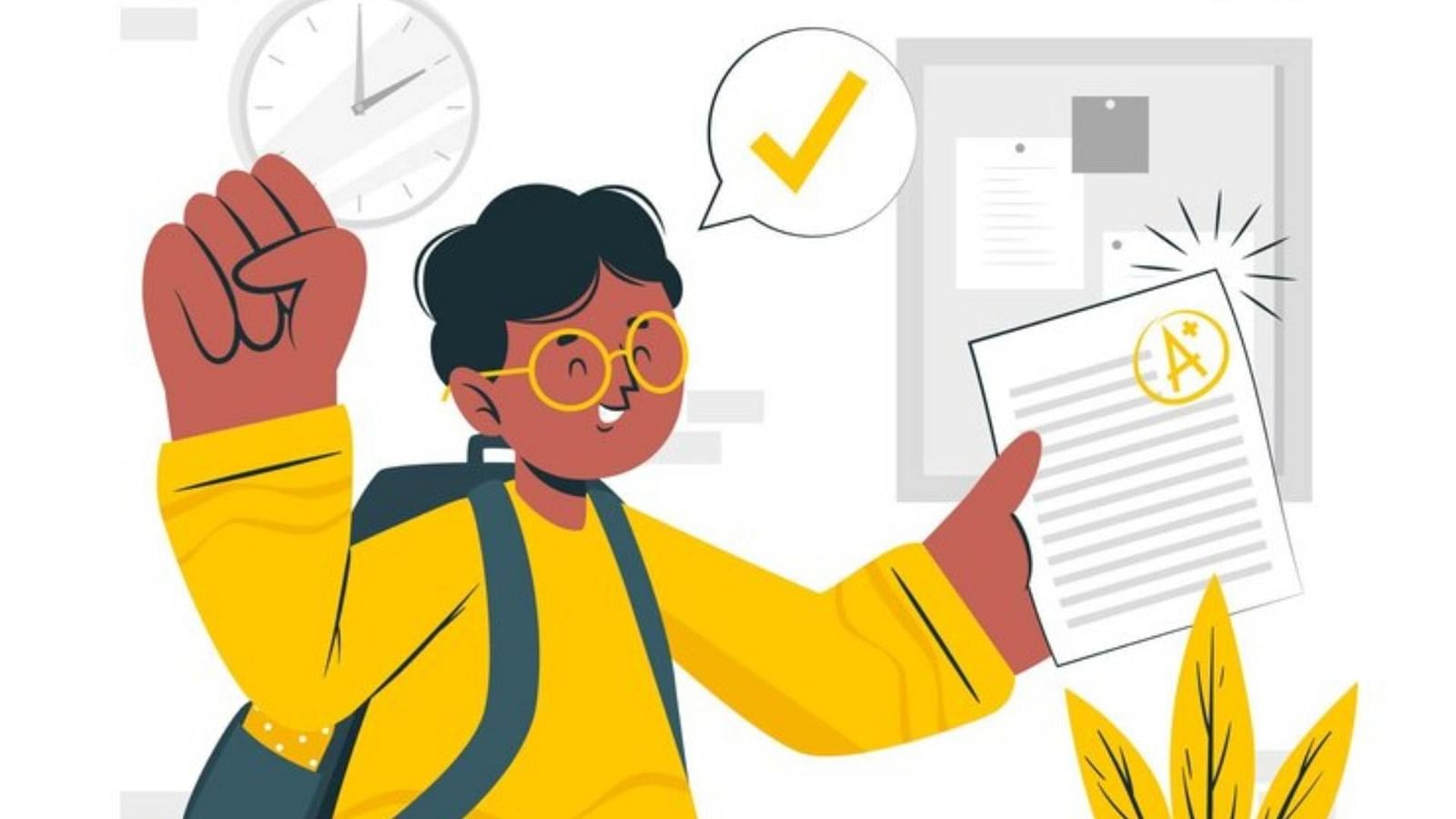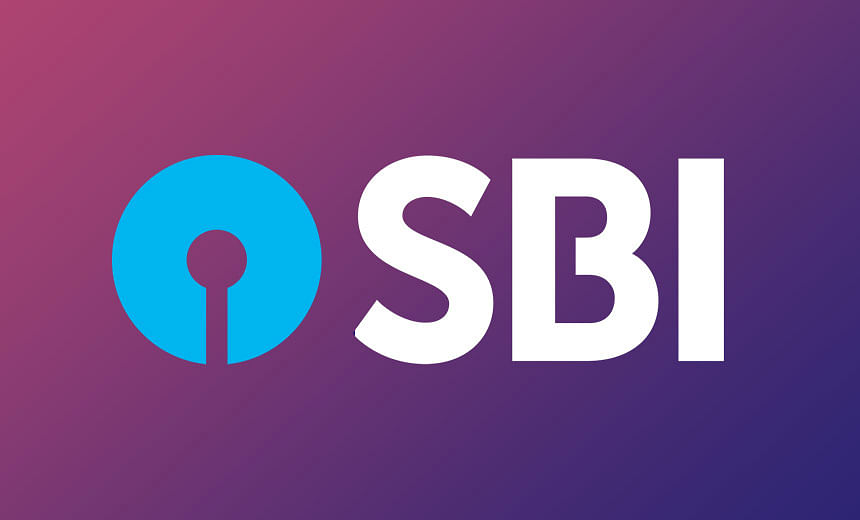
KBC 10: Queen Elizabeth I
India is known for its rich culture and great history.
A history where India has faced a lot of challenges and survived every single attack of the British.
In the recent episode of Kaun Banega Crorepati there was a question related to Indian history, East India Company and Queen Elizabeth I.
The question stated that "Which Monarch was on the English throne when the English East India Company was formed by a royal charter?"
Among the four options posed by the question, the answer to this question was Queen Elizabeth I.
Lets know more about Queen Elizabeth and the Royal Charter
Hoping to break the monopoly of the spice trade of Dutch in Indonesia, Queen Elizabeth I of England granted a formal charter to the London merchants trading to the East Indies.
The East India Company gave a low response and and made less progress in the East Indies in comparison to India itself.
There the unequal trade privileges were acquired from Inida's Mogul emperors.
As the company intervened more and more in India and Chinese political affairs, it increasingly became an agent of British imperialism in the early 18th century.
There was its own military that the company had and it even defeated the rival French East India Company in 1752 and the Dutch in 1759.
Here are some less heard facts about Queen Elizabeth I
1. Elizabeth Era
Yes the reign of Elizabeth is still known as the Elizabeth era.
In contrast with the previous and following periods, a period where England enjoyed stability and internal peace.
2. Elizabeth the Virgin Queen
She was not depicted as a normal woman but as a virgin or a goddess or both in the poetry and portraiture.
What inspired a cult of virginity was the status of unmarried.
Based on a character representing her in the poem 'The Faerie Queene' by Edmund Spenser she was also called Gloriana apart from the Virgin Queen.
3. Elizabeth I Knew number of Languages and wrote poems
Apart from English, Elizabeth was taught French, Flemish, Italian, Greek, Latin and Spanish in her childhood.
She was even one of the best educated women of her generation, by the time she completed her formal education in 1550.
Not only she did great in her studies, but she also translated classical works and wrote poems throughout her life.









